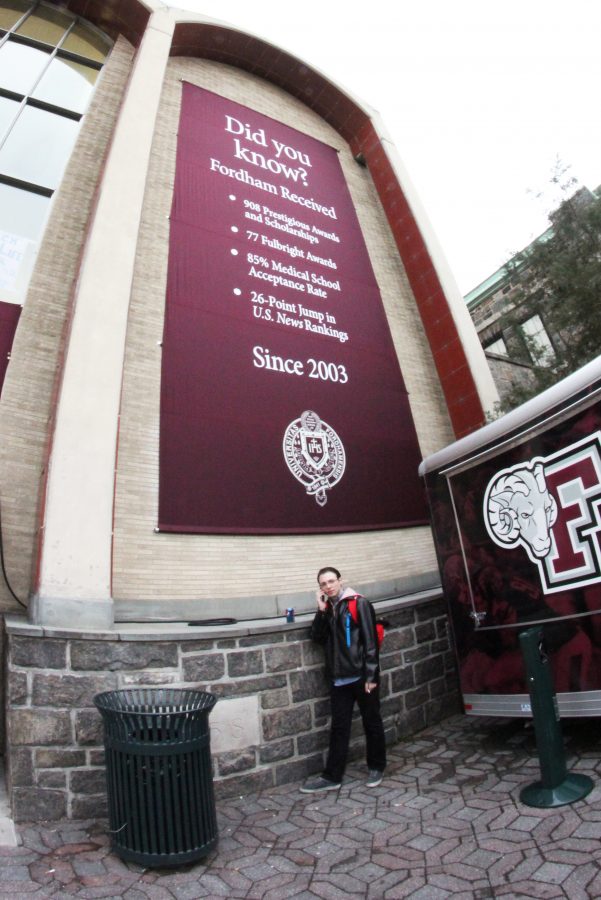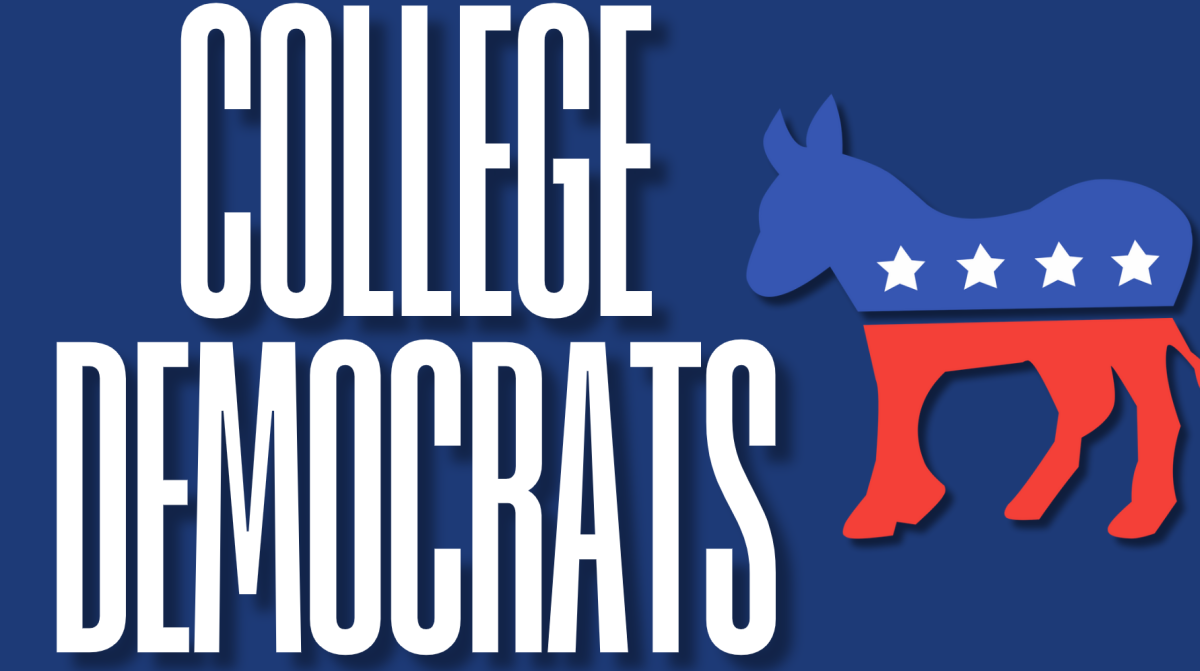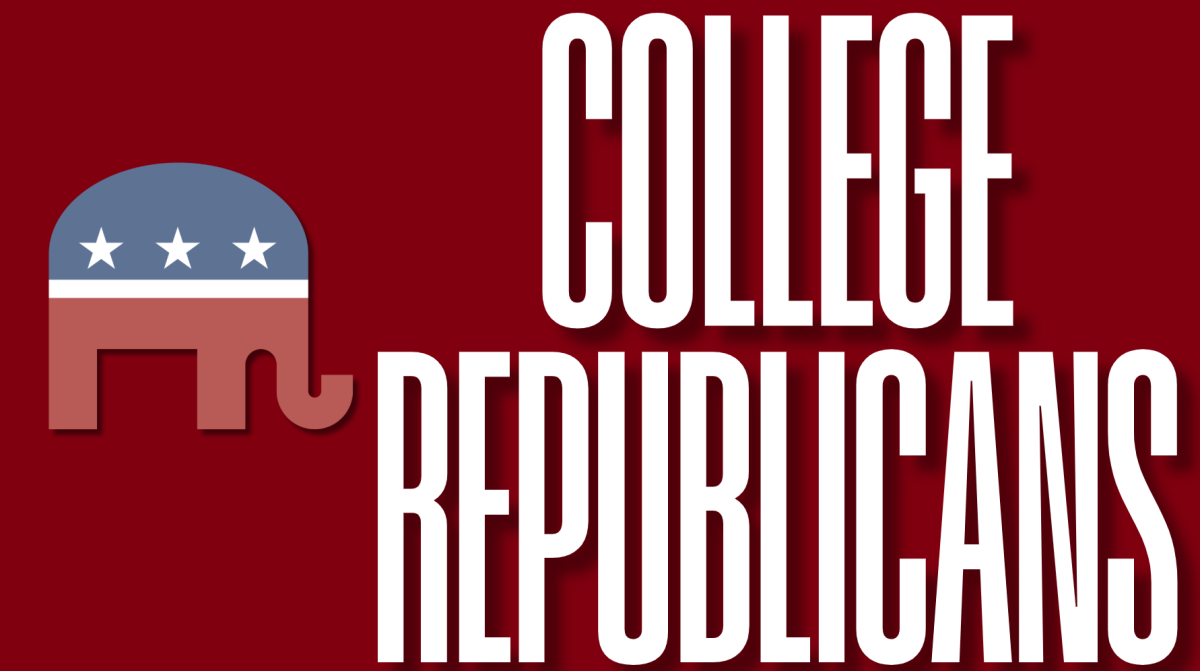By Marcelle Meyer
The government cannot always expect private institutions to step up to the plate.
With issues as important as equality in higher education, it is disheartening that private institutions are often expected to clean up the messes that the federal government cannot. However, this is not just frustrating — it is impossible. Private universities will never be able to meaningfully change education inequality at their own institutions, much less in America as a whole.
Stanford University is an example of these failed policy initiatives. Its current financial aid system is such that any student whose family earns less than $100,000 per year is not expected to pay any of Stanford’s relatively expensive tuition costs. Additional waivers for room and board or other fees are given based on income.
The university recently announced that next year, students whose families earn less than $125,000 will not have to pay tuition. What about that could possibly be bad?
Stanford, among other schools with similar tuition waivers, is proud of its increasing economic diversity on campus. 30 percent of students come from families who make less than six figures. However, this is far from solving the problem. 70 percent of Stanford families make more than $100,000 per year, while only 20 percent of American families can boast these numbers. Obviously, tuition cuts are not doing the job.
This is because the problems are much deeper than what any higher educational institution can fix. They are not just about being able to afford college; they are about accessing the resources, college prep classes and available extra-curricular activities to be able to get in to these universities. The problem with inequality in America’s higher education system starts with five-year-olds sitting in an inner-city public school classroom with 35 other students because the schools cannot afford more teachers.
The problem is public schools that do not have the funding for gifted programs. The problem is that some families cannot send their children to Stanford for free because they need them to be working full-time. The problem is ours, not Stanford’s.
It is truly surprising that at an institution like Stanford University, 30 percent of the student body comes from families making less than $100,000. It is also telling that this is so surprising. We assume that a large proportion of the American population will not access the benefits of a quality college education because our system’s consistent failures have become the status quo. Until we expect radical change in how we approach public educational institutions and the right to an education, they will remain that way.











































































































































































































Allen • Apr 23, 2015 at 9:14 pm
I agree with your sentiment that America needs to improve its education quality, and invest more in schools so students from disadvantaged families can go to renowned universities. In regards to paying for college, I don’t see how Stanford giving free tuition to low income students is a policy failure except that only 30% in Stanford were eligible. Surely, we can expect an increase of low-income students applying to Stanford and hopefully an increase in economic diversity.